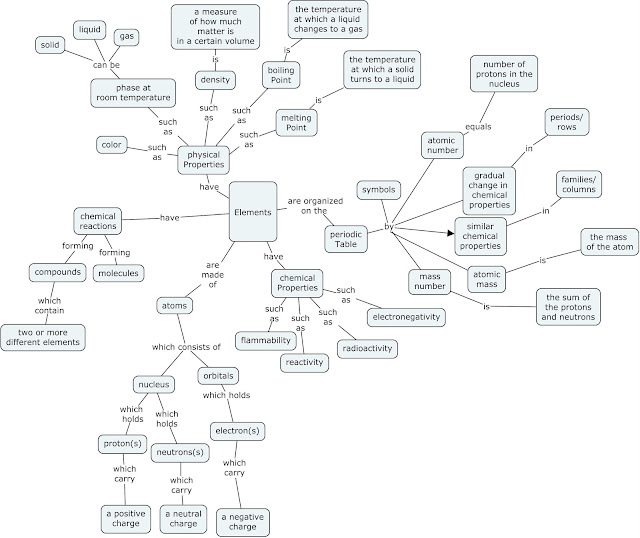Disciplinary Literacy Statement
A statement that resonates with me as I think about content
vs disciplinary reading is that in the early elementary years of formal
education, children are learning to read
whereas they are reading to learn
during their secondary education. Without having been introduced to the concept
of disciplinary reading before, I am very interested to learn how disciplinary
reading, as it relates to science teaching, can focus our students to begin to think
and learn as scientists.
Content area literacy uses reading and writing to teach the
information contained within the subject. The general reading strategies
learned early on in younger grades are utilized during content area literacy.
These tools include asking questions, setting goals, previewing texts, making
and verifying predictions, and activating prior knowledge. It is said that
these strategies can be applied across all content areas. Classrooms that
utilize discipline related texts have a unique set of strategies and practices
to develop the literacy skills of the students. The outcome of strong literacy
skills within a discipline is both an understanding of the disciplinary content
and the disciplinary habits of mind. It builds an understanding of how
knowledge is produced in the discipline.
There is a challenge facing science teachers and
disciplinary literacy in the classroom. The most meaningful science learning
happens in a hands-on inquiry based classroom. How can science teachers blend
the two and teach our students the critical thinking skills necessary to learn
and do science?
The answer is very exciting for me as a secondary science
teacher. The very nature of science and thinking as a scientist is inquiry
based. A question is posed and through experimental verification, the question
is examined and analyzed. Even so, prior to laboratory investigations, scientists
use texts recording previous findings as a basis to generate new research. Therefore,
science literacy instruction can engage students by making sense of scientific
texts. If the engagement is well supported, this also serves as a form of learning
through scientific inquiry. Thus, the students are learning true science and
scientific thinking! As a teacher, I will have to support my students while
reading disciplinary texts in my classroom. Some things to remember as a
science teacher:
- Comprehension of science texts will require mathematical literacy
- Mathematical equations
- Math and Greek symbols
- Scientific texts require visual literacy
- Diagrams
- Drawings
- Graphs and tables
- Scientific texts require technical language and vocabulary that is specific to the particular situation


Comments
Post a Comment
Comments